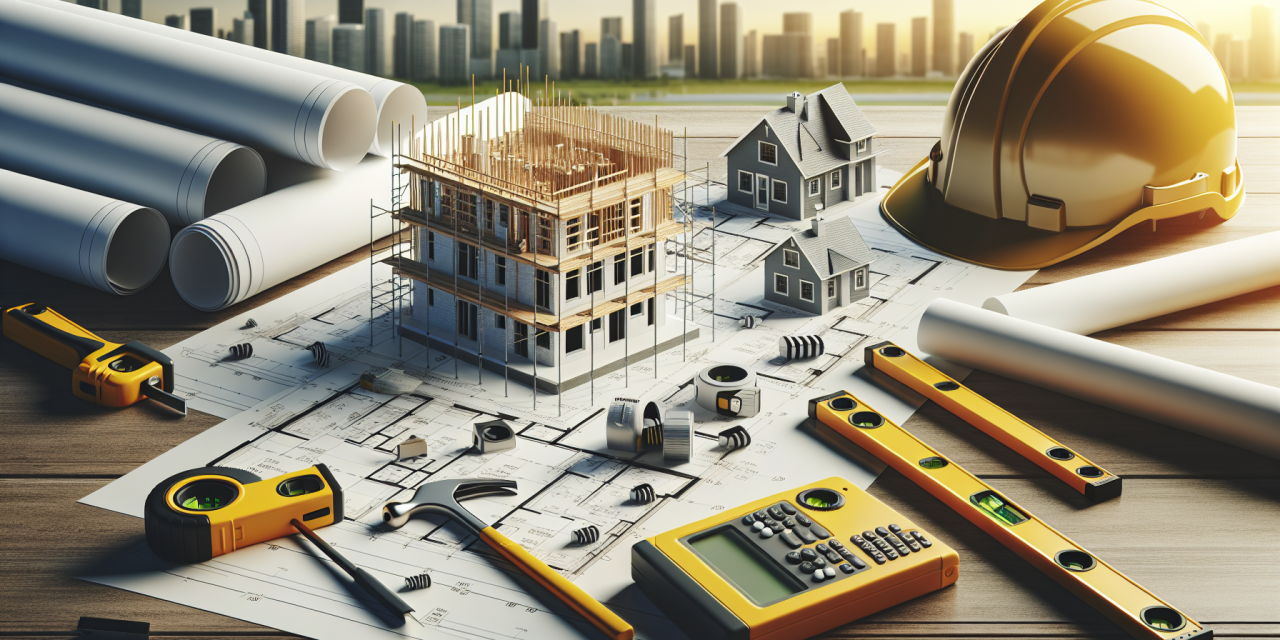Table of Contents
- Introduction
- Understanding the Building Envelope
- Importance of Inspections
- Key Inspection Techniques
- Enhancing Expertise in Inspections
- Frequently Asked Questions
- Conclusion
Introduction
In the world of construction, understanding the integrity and performance of buildings goes beyond just completing projects. Inspecting the building envelope plays a pivotal role in ensuring structures are safe, efficient, and sustainable. By mastering this essential skill, construction professionals can significantly enhance their career prospects and contribute to the success of their projects.
Understanding the Building Envelope
The building envelope encompasses all the elements that separate the interior of a building from its exterior environment. This includes walls, roofs, windows, and doors. The importance of these components cannot be overstated, as they protect inhabitants from the elements while also optimizing energy efficiency.
Furthermore, the building envelope dictates how heat, air, moisture, and sound interact with the building. As a result, a well-designed and properly functioning envelope ensures comfort while reducing energy costs—a win-win situation.
Components of the Building Envelope
When considering the building envelope, several key components require thorough inspection:
- Roofing Systems: Protects against water intrusion and enhances energy efficiency.
- Wall Assemblies: Involves insulation, moisture barriers, and cladding that contribute to thermal performance.
- Windows and Doors: Must be properly sealed to prevent drafts and energy loss.
- Foundations: The structural base that must also manage moisture effectively.
Importance of Inspections
Regular inspections of the building envelope serve numerous purposes, and emphasize safety and performance.
Enhancing Safety
Taking a proactive approach to building inspection significantly reduces the risk of structural failures, water damage, and health hazards caused by poor ventilation. In particular, a comprehensive assessment can identify potential problems early on, allowing for prompt intervention. This approach promotes a safe environment for occupants and preserve your construction projects’ overall integrity.
Improving Energy Efficiency
Energy efficiency is a growing concern in today’s world. Inspections focusing on the building envelope identify areas of energy loss, helping to optimize HVAC systems and reduce energy costs. Furthermore, minimizing energy waste contributes to a greener planet, aligning building practices with sustainability goals.
Increasing Property Value
Incorporating regular inspections into building maintenance can enhance property value. A well-maintained building envelope signals to potential buyers or tenants that the property has undergone diligent care, thereby making it a more attractive investment.
Key Inspection Techniques
Several techniques facilitate thorough inspections of the building envelope. By utilizing a combination of these methods, construction professionals can ensure a holistic assessment of a structure:
Visual Inspections
The first step in any envelope inspection often involves a detailed visual assessment. This process identifies obvious signs of damage such as cracks, moisture stains, or physical deterioration. Walking the perimeter of the building while looking up and down at the various structures provides immediate insights into its condition.
Thermal Imaging
Employing thermal imaging inspections allows professionals to pinpoint areas of heat loss or moisture accumulation. Such inspections reveal problems invisible to the naked eye, making them an excellent complement to visual inspections.
Moisture Testing
Understanding the moisture levels within various parts of the envelope is critical. Utilizing moisture meters can help assess whether building materials have been compromised by water intrusion, ensuring timely remediation when necessary.
Air Leakage Testing
Measuring air leakage helps determine the energy efficiency of a building. Implementing blower door tests reveals inadequately sealed areas and allows for targeted improvements that increase comfort and reduce expenses.
Enhancing Expertise in Inspections
By enhancing your expertise in the field of building envelope inspections, you contribute to high-quality construction practices and stay competitive within the industry. To gain a thorough understanding of the essential techniques and stakeholder expectations, consider exploring the Building Envelope & Construction Inspection Certification Course. Engaging in such educational opportunities provides hands-on experience and equips you with the latest knowledge in inspection methodologies.
Continual Learning
The construction industry is constantly evolving. Keeping up with the latest developments in building materials, techniques, and technologies ensures that your skills remain relevant. Exploring various related blogs can further enhance your expertise—check out these informative resources:
- Mastering the Essentials of Process Plant Troubleshooting and Engineering Solutions
- Maximizing Efficiency: A Comprehensive Look at Refinery Process Yields Optimization
- Elevate Your Expertise with Comprehensive Safety Audit and Site Inspection Training
- Understanding Petroleum Reservoir Fluid and Phase Behavior: A Deep Dive into Oil & Gas Dynamics
- Enhancing Skills in Oil Production and Processing Facilities: A Guide to Essential Training
Frequently Asked Questions
What are the key benefits of building envelope inspections?
Building envelope inspections enhance safety, improve energy efficiency, and increase property value. They allow construction professionals to identify issues early and implement timely solutions, thereby ensuring the longevity and performance of the structure.
How often should a building’s envelope be inspected?
While it can depend on the building’s age, location, and environmental factors, conducting a thorough inspection at least once a year is advisable. For new buildings, consider inspections during seasonal transitions, especially before extreme weather conditions.
What tools are needed for a thorough inspection?
Essential tools include moisture meters, thermal imaging cameras, IR thermometers, and standard inspection tools like ladders and safety gear. Utilizing the right tools aids professionals in performing comprehensive inspections while ensuring safety.
Conclusion
Mastering building envelope inspections is pivotal for construction professionals dedicated to enhancing structural integrity and sustainability. Engaging in continuous learning and improvement can vastly improve your expertise and career prospects. As you embrace the responsibility of ensuring safe and energy-efficient buildings, remember that a well-educated professional is an invaluable asset to any construction project.





